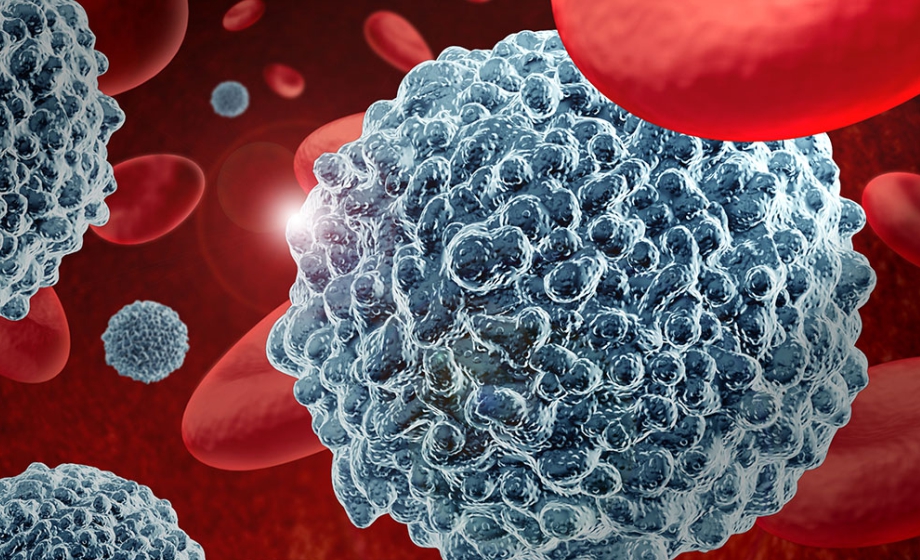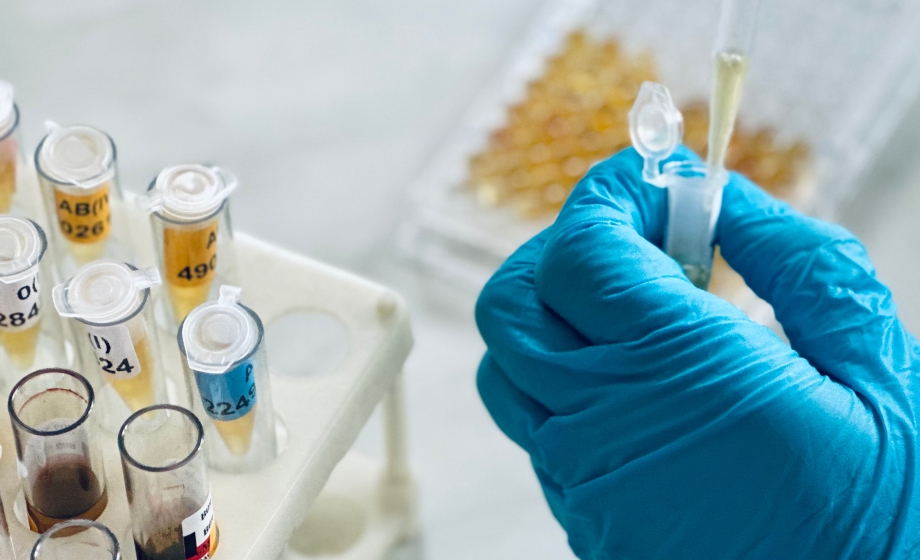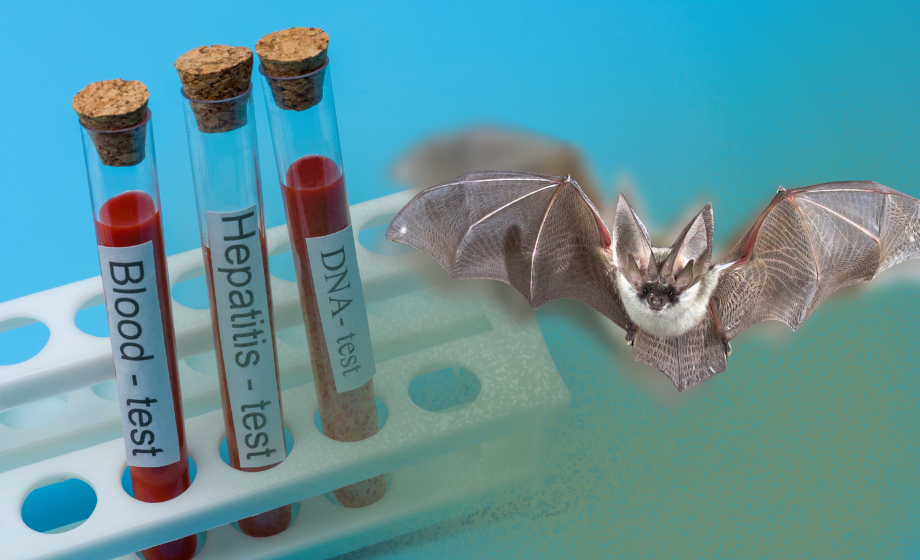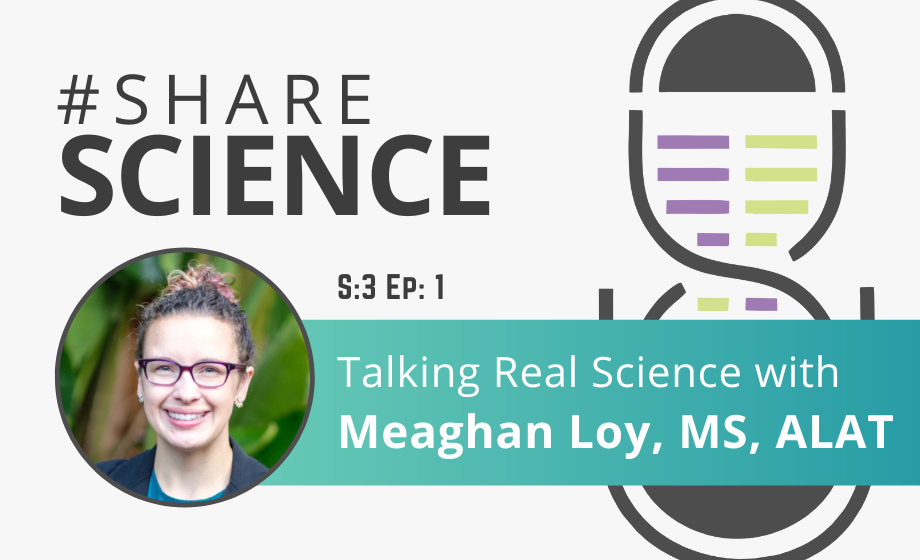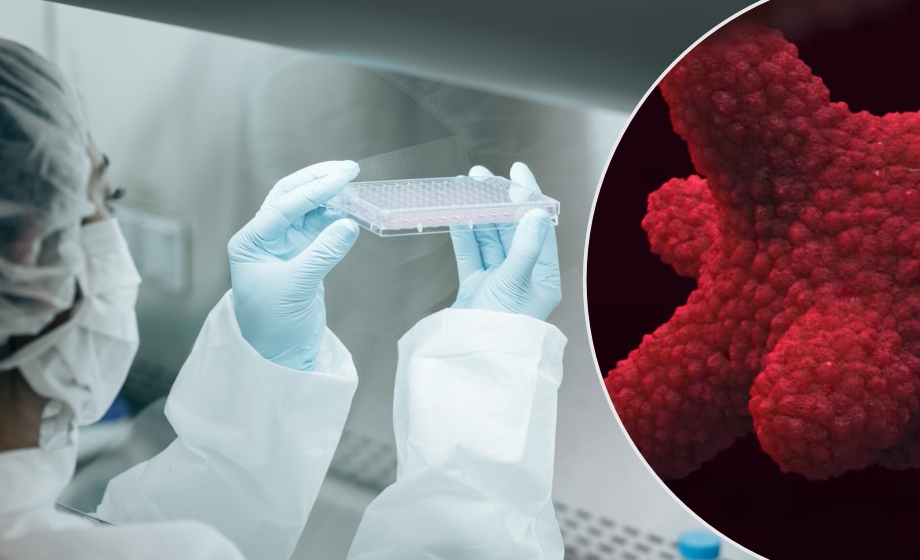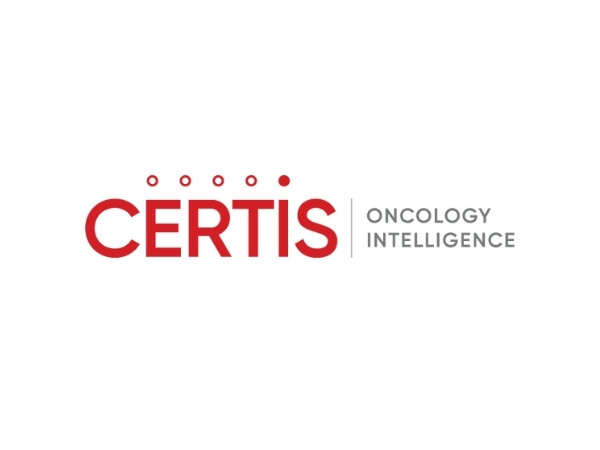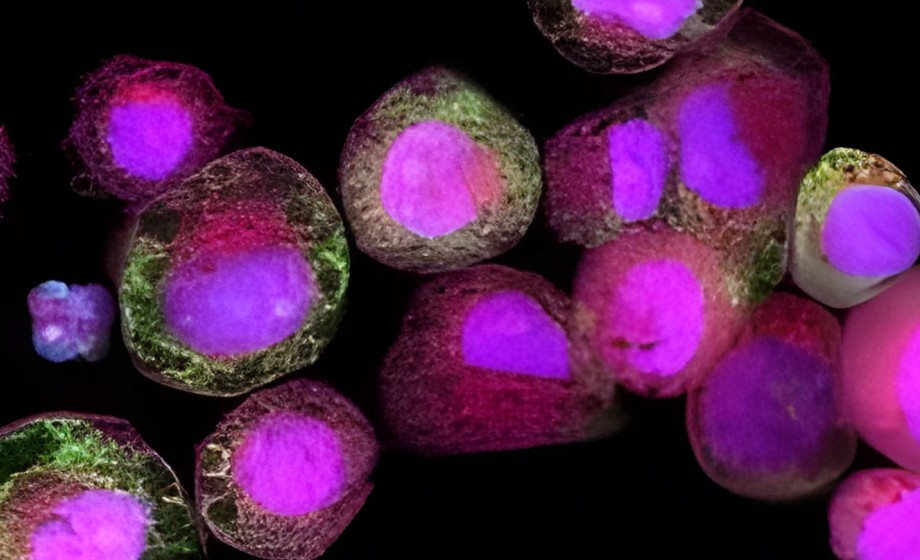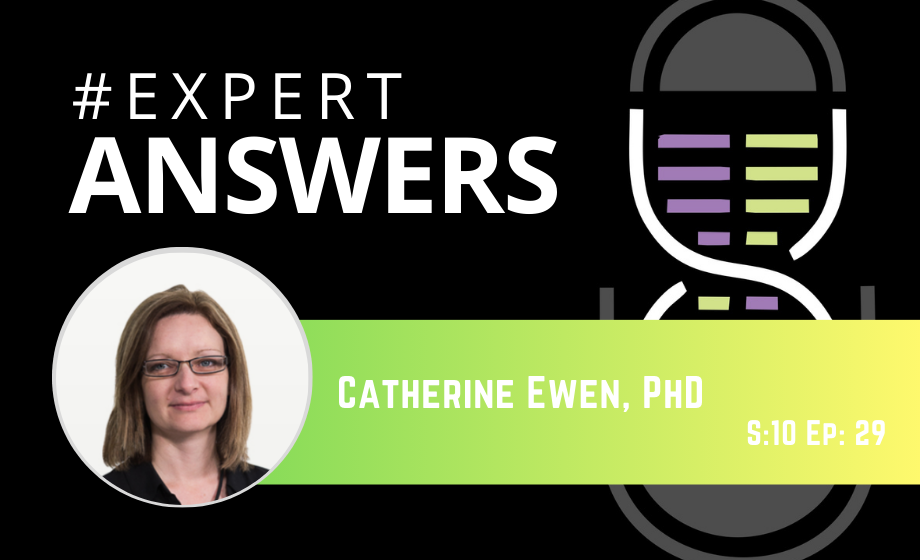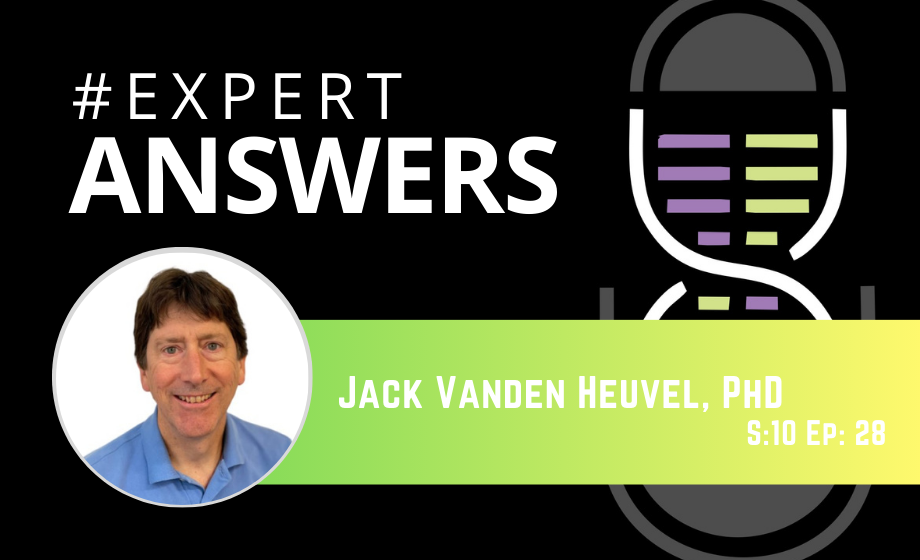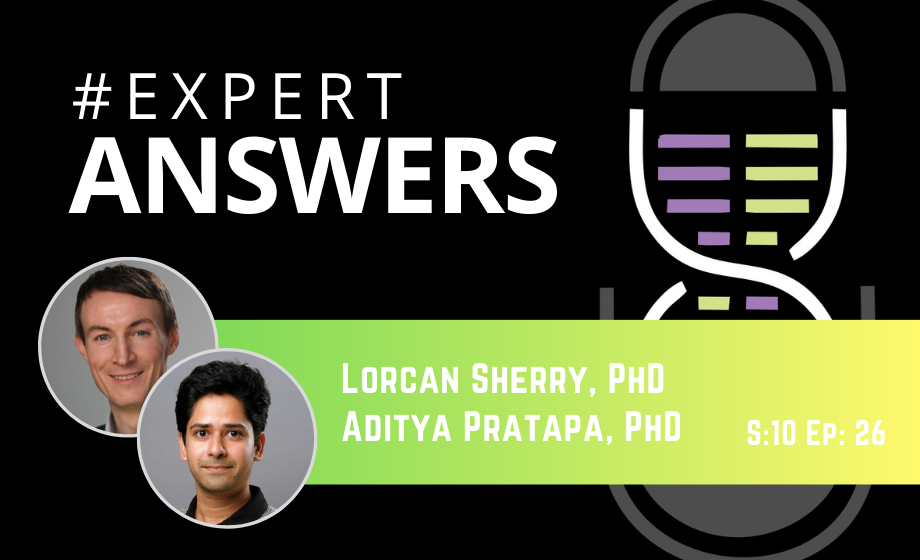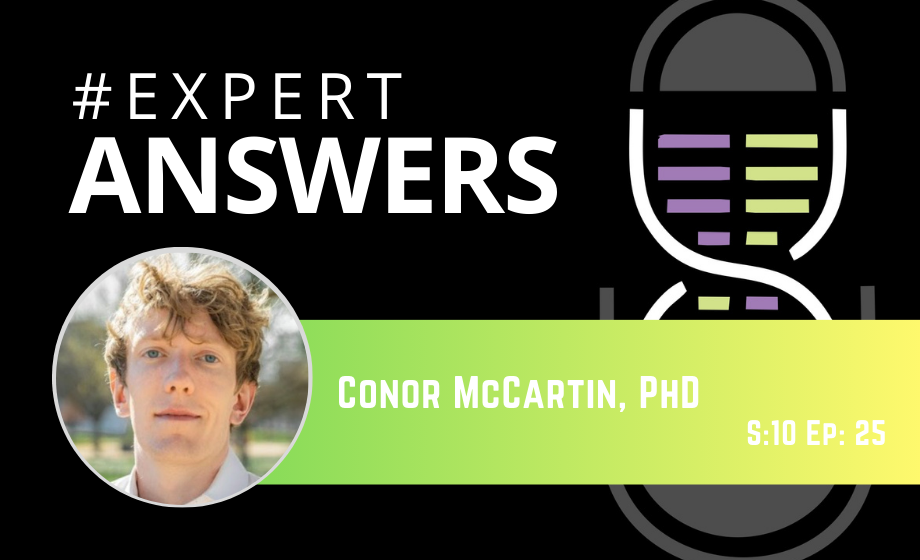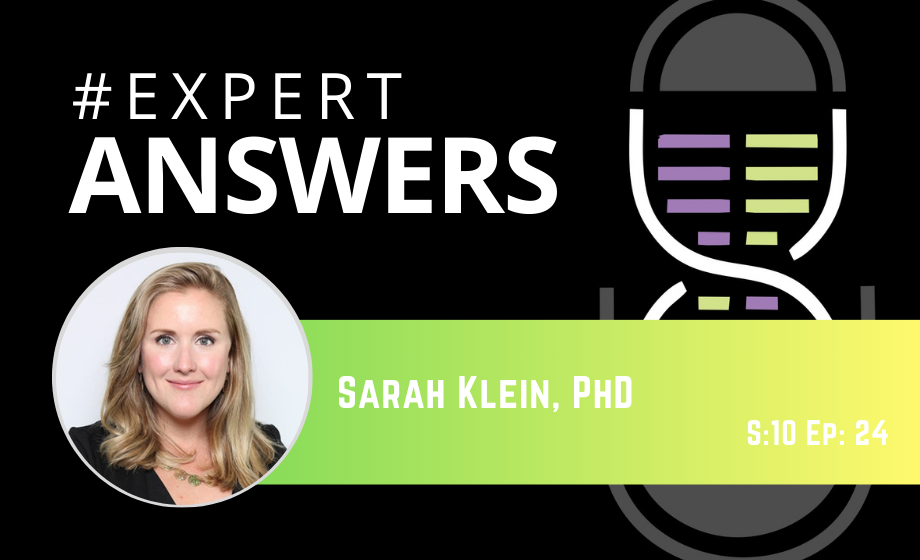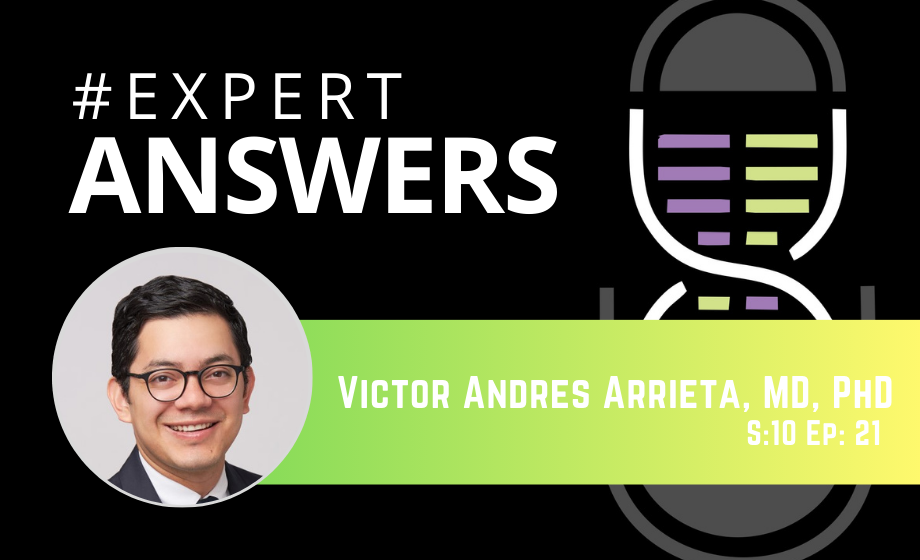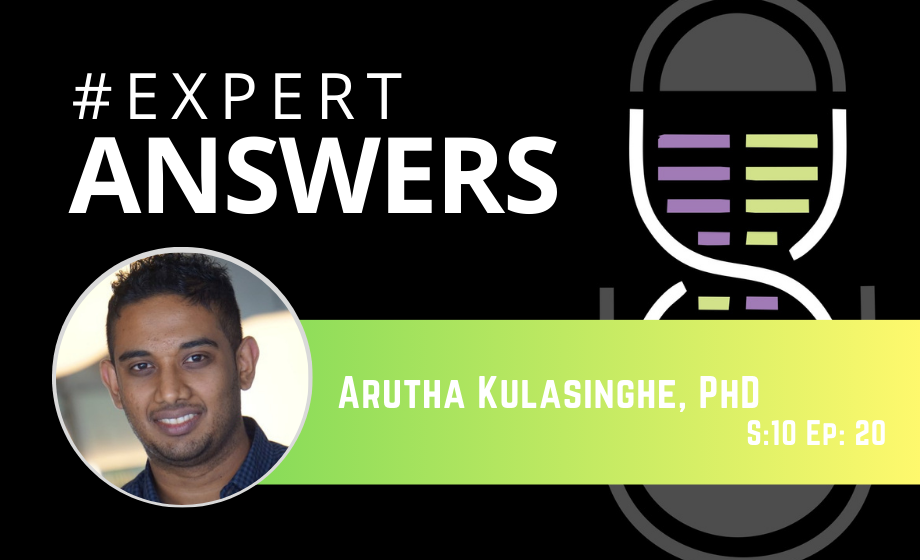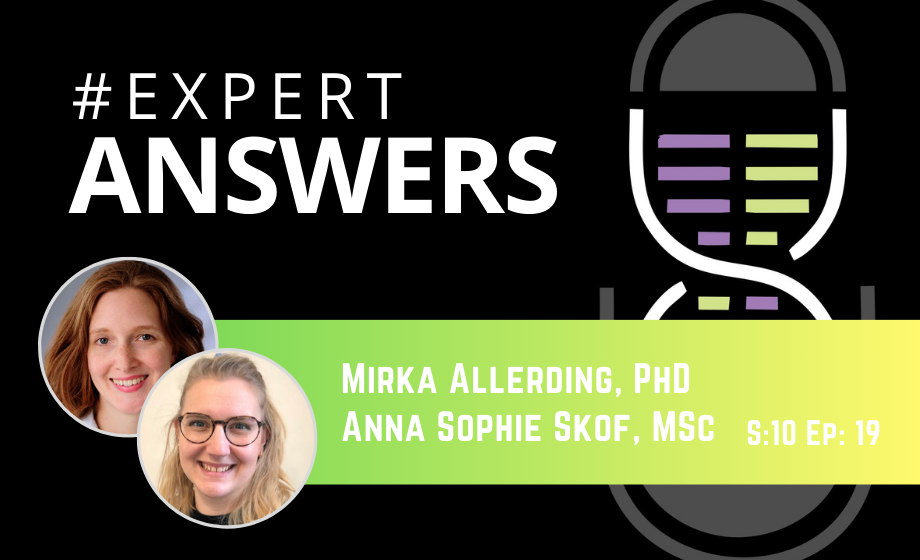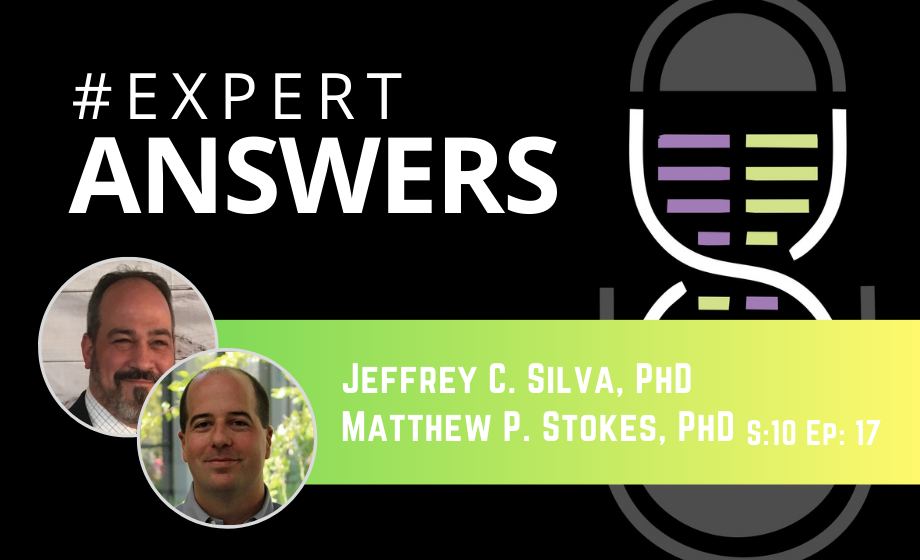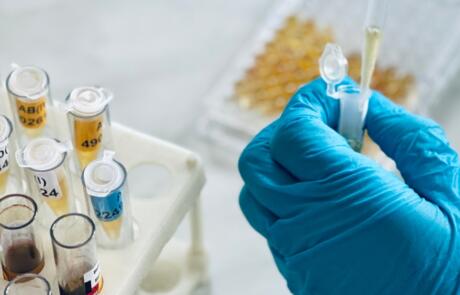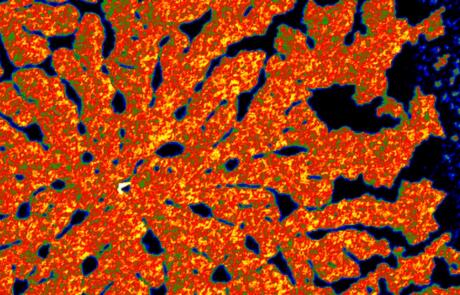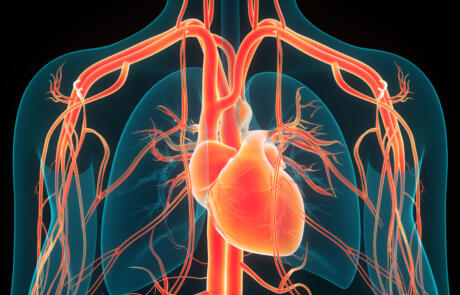Innovative Approaches to Assessing Thyroid Disruption: The 3D Human Thyroid Microtissue Model
Dr. Chad Deisenroth, PhD, from the US EPA, introduces an advanced human in vitro 3D thyroid microtissue model designed to evaluate thyroid hormone disruption, addressing current challenges with existing models.
Translational T Cell Talks: Scaling for the Future
Join STEMCELL's Translational T Cell Talks on June 11, 2024 for a half-day event featuring presentations on CAR T cell research, new protocols, educational content, and special promotions.
Discover the Freshness of Frozen PBMCs – An Assessment of Cryopreservation Impact on T Cell Activation and Phenotype
Discover the impact of cryopreservation of PBMCs on T cell activation and phenotype in Lonza’s free webinar.
Circulating Nucleosome Quantification (Nu.Q®) Technology for Monitoring Target Engagement and Adverse Events in Oncology Trials
Join us for a comprehensive webinar featuring experts in epigenetics and assay development, focusing on the scientific foundations and applications of Nucleosome Quantification (Nu.Q®) Technology in the realms of drug development and disease monitoring.
Secret Health Benefits of Being a Bat
How exactly are the Myotis bat genus able to host COVID-19, Ebola, and other infectious diseases, all while living into their early 30s? We describe particular infectious disease adaptations, inflammation suppression, and the longevity observed within this taxa.
A No-Brainer: Organoids for Neuroscience Research
Explore brain organoids: 3D models advancing our understanding of brain development and disorders, and shaping future treatments.
Preclinical Animal Models of IBD, GVHD, and Pulmonary Disease
Join BioModels’ Scientists, Andrew Borkowski, PhD and Nicole Smith, PhD, as they discuss a selection of key preclinical models of inflammatory disease, including models of Inflammatory Bowel Disease (IBD)/colitis, Graft vs Host Disease (GvHD), and pulmonary disease, focusing on the utility of clinically relevant endpoints that create highly translational models of human disease.
Talking Real Science with Meaghan Loy on Rare Disease Day
On this episode of #ShareScience, we spoke with Meaghan Loy, Senior Category Director of In Vivo Services with Scientist.com, on Rare Disease Day.
Applications of Human Intestinal Organoid Cultures in Drug Discovery
Join STEMCELL TEchnologies' experts as they discuss the use of human intestinal organoid cultures in drug discovery and toxicity testing.
Assessing Antigen-Specific T Cell Functionality With Dendritic Cell/CD8⁺ T Cell Co-Culture
On December 12, 2023, STEMCELL Technologies' Dr. Catherine Ewen described, in detail, how to set up DC (dendritic cell) and CD8ᐩ T cell co-culture experiments that generate antigen-specific CD8ᐩ T cells, and how to assess CD8ᐩ T cell proliferation, functionality, and killing activity. In this Q&A report, you can read her answers to questions asked by the audience. Answers have been edited for length and/or clarity.
Certis Oncology Solutions, Inc.
Established in 2016, Certis began its journey in precision medicine, helping individual cancer patients and their oncologists determine—with certainty—the best [...]
Next-Generation Safety Assessment Tools for Advancing In Vivo to In Vitro Translation
In this webinar, Dr. Louis Scott discusses the morph_ONE™ assay, a novel tool for in vitro safety assessment in drug development.
Evaluation of Novel Therapies Using Spontaneous Seizure Models
Cameron Metcalf and Katrina Irey answer questions from a recent webinar on technical requirements and benefits of spontaneous seizure models and epilepsy therapy development.
#ExpertAnswers: Catherine Ewen on Setting Up DC and CD8⁺ T Cell Co-culture Experiments
Dr. Catherine Ewen from STEMCELL Technologies answers questions from a recent webinar where she describes how to set up DC and CD8⁺ T cell co-culture experiments and assess T cell proliferation and activity.
#ExpertAnswers: Jack Vanden Heuvel on Prediction Drug-Drug Interactions Early
Dr. Jack Vanden Heuvel from Penn State University and INDIGO Biosciences answers questions from a recent webinar where he discusses [...]
#ExpertAnswers: Travis Hardcastle and Seth Hanson on Using CRISPR and iPSCs for Neuroscience Research
Travis Hardcastle and Seth Hanson answer questions from a webinar where they discuss innovative applications of CRISPR and iPSCs in disease modeling and drug discovery.
#ExpertAnswers: Lorcan Sherry and Aditya Pratapa on Analyzing Multiplex Immunofluorescence Images
Dr. Lorcan Sherry and Dr. Aditya Pratapa answer questions from a recent webinar where they present a novel workflow for analyzing multiplex immunofluorescence images.
#ExpertAnswers: Conor McCartin on Phage Display Technologies
Dr. Conor McCartin from ProteoGenix answers questions about the utilization of phage display in the development of human antibodies.
#ExpertAnswers: Sarah Klein on SignalStar Multiplex IHC
Dr. Sarah Klein from Cell Signaling Technology answers questions from a recent webinar about accelerating spatial biology discoveries using SignalStar™ Multiplex IHC panels.
#ExpertAnswers: Matt Silva on Cryo-Fluorescence Tomography for Immunotherapy Research
Matthew Silva, PhD, CEO of EMIT Imaging, answers questions from a recent webinar where he highlights the role of cryo-fluorescence tomography in advancing the field of immunotherapy research.
How to Better Predict Potential Drug Interactions Early in the Discovery Process
Dr. Jack Vanden Heuvel answers questions about the prediction of drug-drug interactions using in vitro assays and gene expression studies.
#ExpertAnswers: Victor Arrieta on Anti-PD-1 Immunotherapy for Recurrent Glioblastoma
Dr. Víctor Andrés Arrieta explores how p-ERK activation links to better survival in rGBM patients treated with anti-PD-1 immunotherapy.
#ExpertAnswers: Arutha Kulasinghe on Single-Cell Spatial Phenotyping for Biomarker Discovery
Dr. Arutha Kulasinghe discusses application of single-cell spatial phenotyping for characterizing the tumor microenvironment.
#ExpertAnswers: Mirka Allerding and Anna Sophie Skof on Indivumed Services’ Cell-Free Plasma Biobank
Experts from Indivumed Services answer questions from webinar where they describe the role of longitudinal plasma samples for cancer research.
#ExpertAnswers: Jeffrey Silva and Matthew Stokes on Mass Spectrometry-Based Proteomics
Experts from Cell Signaling Technology answer questions from a recent webinar on mass spectrometry-based proteomics.


